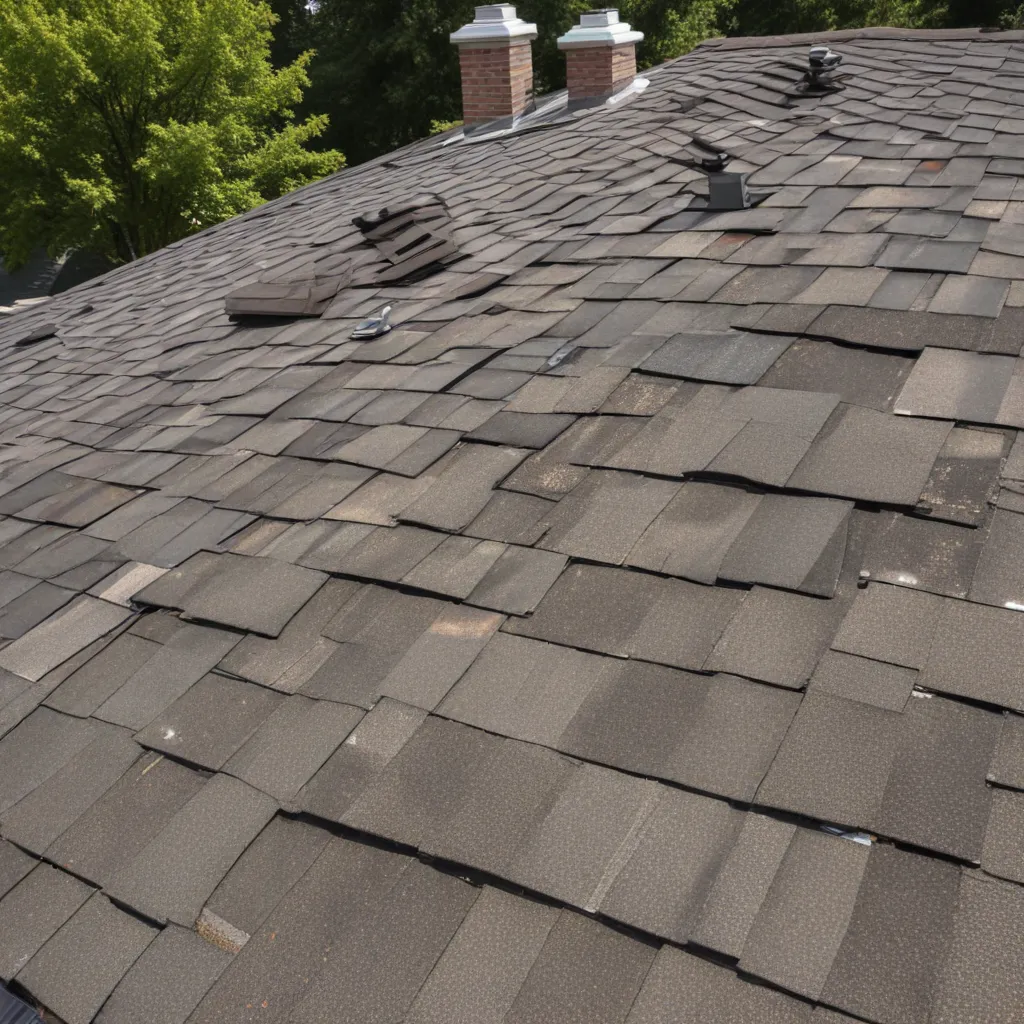
As an experienced roofing specialist writing for Genuine Roof Systems, I’m excited to share strategies that can help homeowners and builders maximize their roof’s energy-saving potential. Whether you’re constructing a new home, replacing an existing roof, or simply seeking to improve your current setup, understanding the various factors that influence a roof’s thermal performance is key to achieving optimal energy efficiency.
Roof Design Considerations
The first step in creating an energy-efficient roof is to carefully consider its design. Roof orientation, for example, can have a significant impact on the amount of solar radiation absorbed by the surface. Positioning the roof to minimize direct sunlight exposure during the hottest times of the day can help reduce cooling loads. Similarly, roof slope plays a role in both the aesthetic appeal and the functional performance of the roof. Steeper slopes tend to shed water more effectively, but they can also increase the roof’s surface area, leading to greater heat gain.
When it comes to roof material selection, the choice can make a substantial difference in a building’s energy efficiency. Cool roofing products, such as light-colored or highly reflective surfaces, can significantly reduce the amount of heat transferred into the building’s interior, leading to lower cooling costs. Conversely, darker or less reflective materials may absorb more heat, potentially increasing the need for air conditioning. By carefully evaluating the options and their respective thermal properties, you can make an informed decision that aligns with your climate and energy-saving goals.
Insulation Strategies
Proper insulation is a critical component of an energy-efficient roof. Attic insulation helps prevent heat transfer between the living spaces and the attic, reducing the load on your heating and cooling systems. The type and R-value (a measure of thermal resistance) of the insulation material you choose can have a profound impact on its effectiveness. Commonly used insulation types include fiberglass, cellulose, and spray foam, each with its own advantages and considerations.
In addition to attic insulation, roof insulation can further enhance the thermal performance of your home. Insulating the roof deck or the underside of the roofing material can minimize heat gain and loss, ensuring that your conditioned air stays where it’s needed most. This is particularly important in regions with extreme temperatures, where the roof can be a significant source of heat transfer.
Ventilation and Air Flow
Proper ventilation is essential for maintaining a healthy, energy-efficient roof system. Roof ventilation systems, such as ridge vents, soffit vents, and powered attic ventilators, can help regulate air flow and prevent the buildup of heat and moisture in the attic. By allowing hot air to escape and cool air to circulate, these systems can significantly reduce the strain on your cooling equipment.
Complementing your ventilation strategy, air sealing techniques like caulking and weatherstripping can further enhance the energy efficiency of your roof. Addressing air leaks around penetrations, such as chimneys, vents, and skylights, can minimize uncontrolled air flow, reducing both heating and cooling loads.
Solar Energy Integration
Incorporating solar energy into your roof design can be an excellent way to improve its energy-saving potential. Photovoltaic systems, which convert sunlight into electricity, can be seamlessly integrated into the roof, either as roof-mounted panels or as part of a building-integrated photovoltaic (BIPV) system. By generating on-site renewable energy, these systems can significantly offset your home’s electricity consumption, leading to substantial cost savings over time.
Beyond photovoltaics, solar thermal systems can also be integrated into the roof to provide hot water or supplemental space heating. Solar water heaters, for example, can harness the sun’s energy to pre-heat the water before it reaches your conventional water heater, reducing the overall energy needed for domestic hot water.
Passive Cooling Strategies
In addition to active solar technologies, there are several passive cooling strategies that can enhance your roof’s energy-saving potential. Roof coatings, for instance, can be applied to improve the surface’s reflectivity and reduce heat absorption. Similarly, roof overhangs and strategic landscaping with shade-providing trees can help block direct sunlight, keeping the building’s interior cooler.
Incorporating thermal mass materials into the roof design can also be an effective passive cooling technique. These materials, such as concrete or masonry, have the ability to absorb and store heat, releasing it gradually over time. This can help moderate temperature fluctuations and reduce the need for active cooling.
Lastly, passive ventilation systems, like ridge vents and attic ventilators, can work in tandem with the roof’s thermal mass to create a natural cooling effect. By allowing hot air to escape and drawing in cooler outside air, these systems can significantly improve the overall comfort and energy efficiency of the building.
Conclusion
Optimizing your roof’s energy-saving potential requires a comprehensive approach that considers a variety of factors, from roof design and material selection to insulation, ventilation, and solar integration. By leveraging the strategies outlined in this article, you can create a roof that not only enhances the aesthetic appeal of your home but also delivers tangible energy savings and long-term cost benefits.
Remember, the specific needs and requirements of your project will depend on factors such as your local climate, building type, and personal preferences. We encourage you to consult with experienced roofing specialists, like those at Genuine Roof Systems, to ensure that your roof design and installation maximizes the energy-saving potential of your home. Together, we can create a more sustainable and cost-effective future for your property.

























